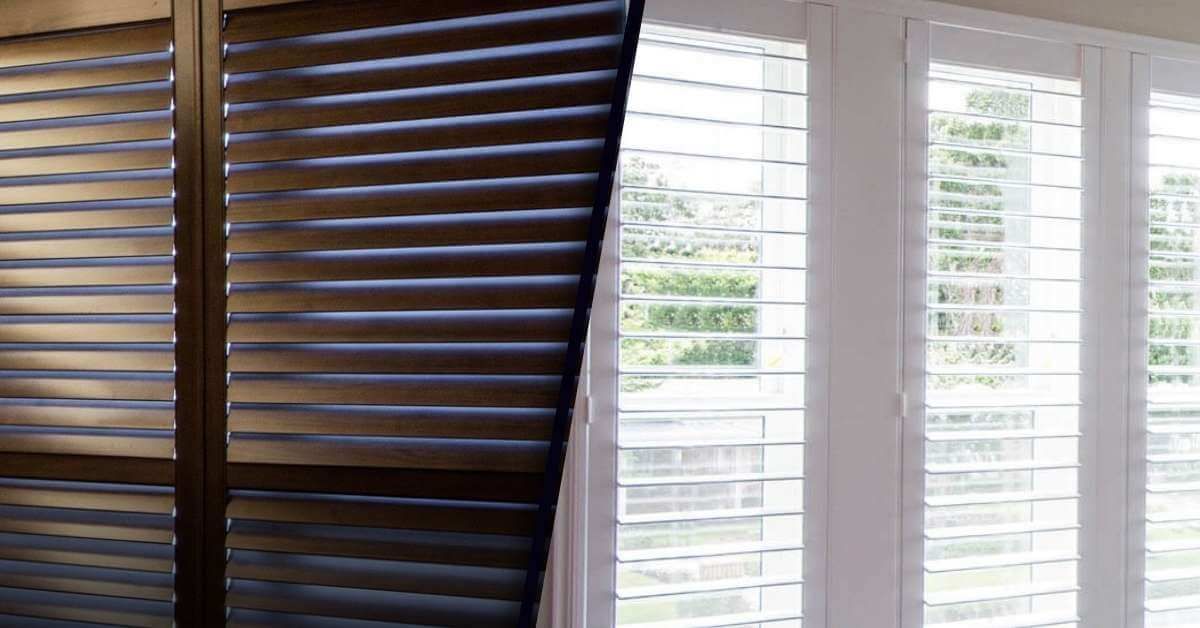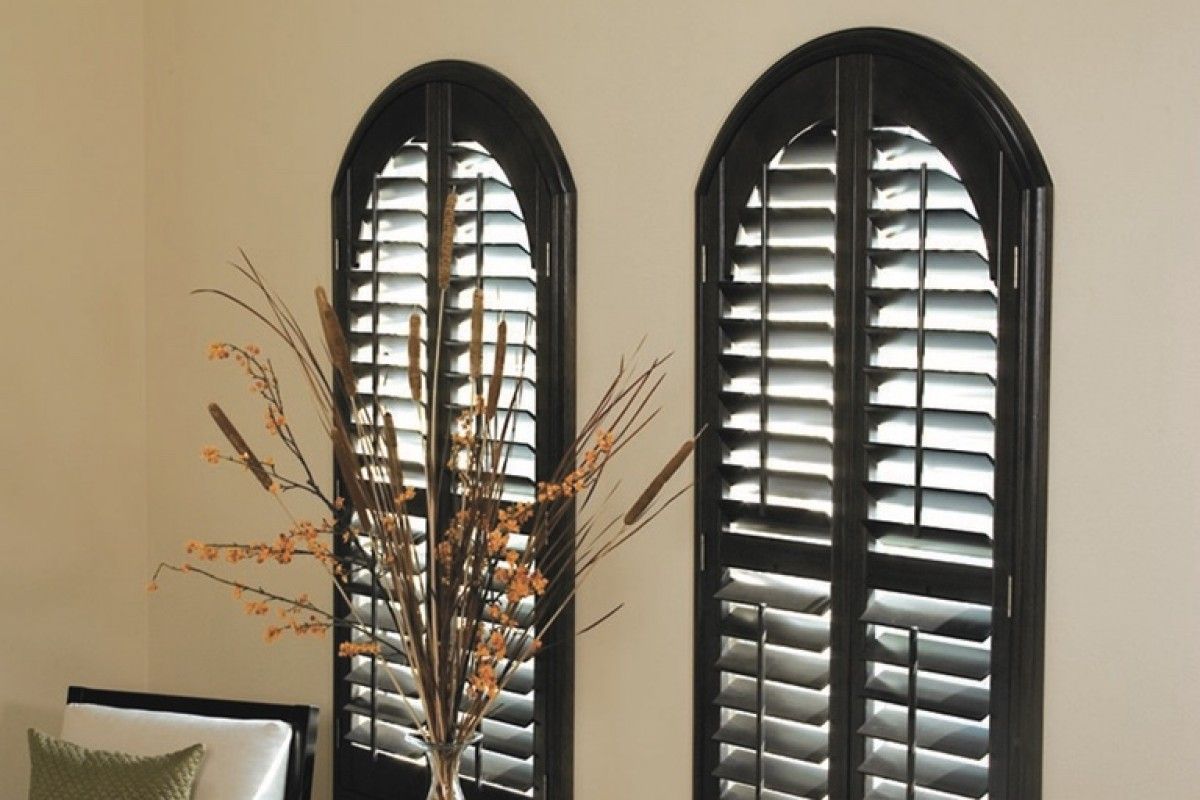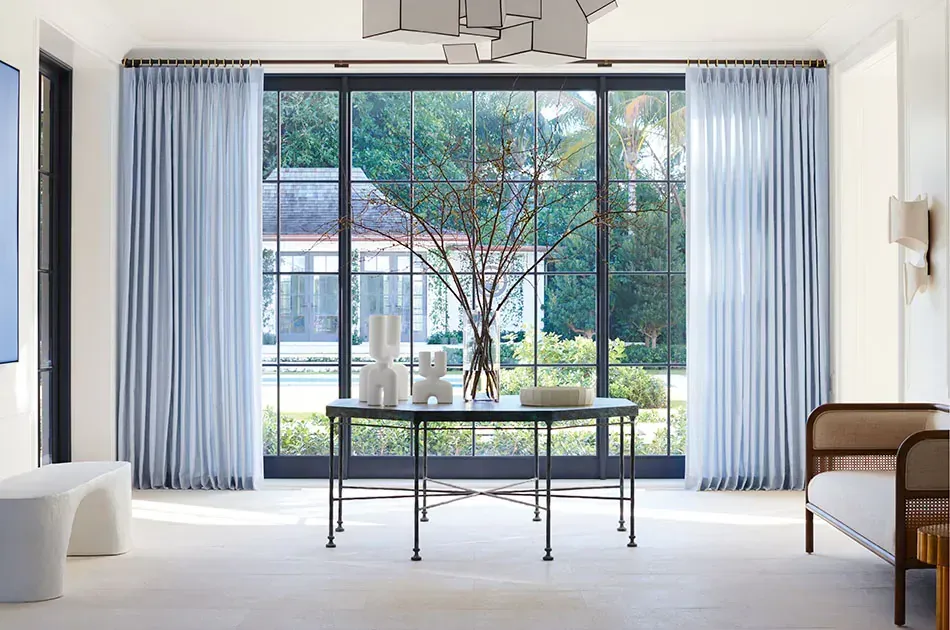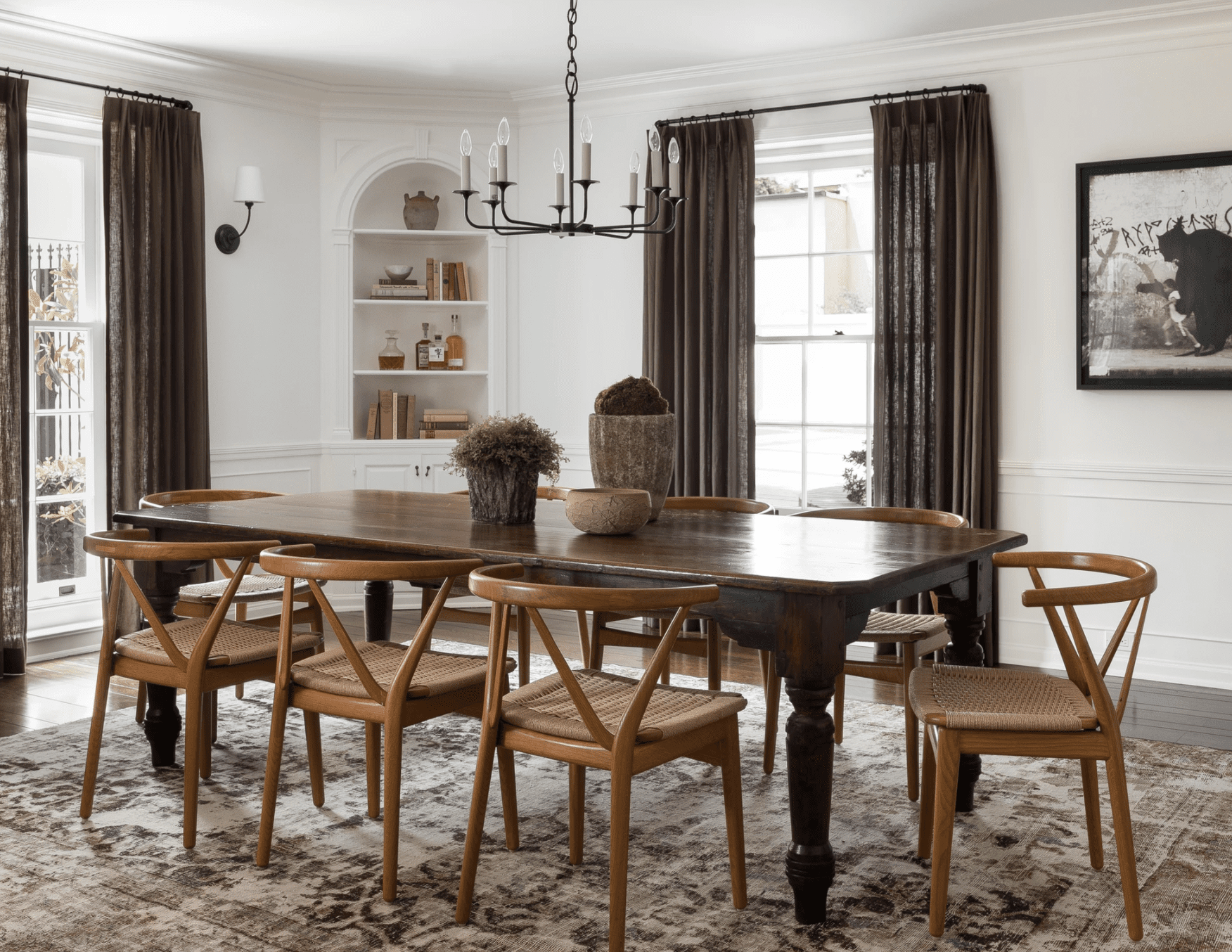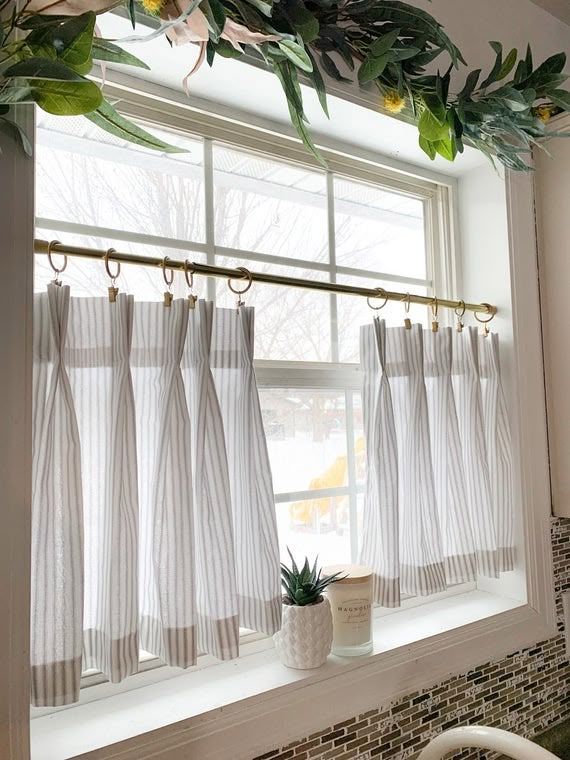LOVE IS BLINDS
How Many Curtain Panels Do You Need?
TLDR;
You typically need two curtain panels for a standard-sized window. However, the exact number depends on your window width, desired fullness, panel width, and fabric type—use our guide and formula to calculate the right amount.
What Affects the Number of Curtain Panels You Need?
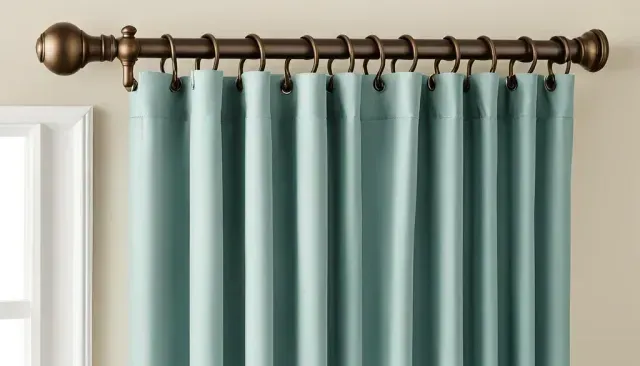
The number of curtain panels depends on several practical design and measurement factors:
Window Size
- Wider windows need more fabric to cover fully
- Always measure the full width from bracket to bracket
Curtain Panel Width
- Most standard panels are 40 to 55 inches wide
- Know the width of each panel before calculating how many you need
Rod Length
- Measure the rod (not just the window)
- Rods often extend beyond the window frame, so include those extra inches
Header Style (Top of the Curtain)
- Grommet curtains lie flat, need more width for fullness
- Pinch pleats are already gathered, often need fewer panels
- Rod pocket or back-tab panels may vary in fullness depending on fabric and hanging method
Fabric Weight and Type
- Sheer curtains need more panels to provide privacy and fullness
- Heavy fabrics like velvet or blackout material often need fewer panels
Room Type and Aesthetic Goals
- Bedrooms: focus on light control and privacy
- Living rooms: may need more volume for decorative impact
- Dining areas: often use curtains as a focal point or to soften formal settings
Understanding Curtain Fullness and Why It Matters

What Is Curtain Fullness?
Fullness refers to how much fabric you use compared to your curtain rod width. It determines how gathered or flat your curtains look when closed.
Standard Fullness Ratios
- 1.5x the rod width = casual, light fullness
- 2x the rod width = standard fullness
- 2.5x or 3x the rod width = high-end, luxurious fullness
Example:
If your rod is 72 inches wide and you want 2x fullness:
72 × 2 = 144 inches of total curtain width needed
Matching Fullness to Curtain Function
- Sheer curtains: go with 2x to 3x fullness
- Room-darkening or blackout curtains: 1.5x to 2x is sufficient
- Decorative-only panels: can be closer to 1x fullness
How to Measure Your Windows for Curtain Panels
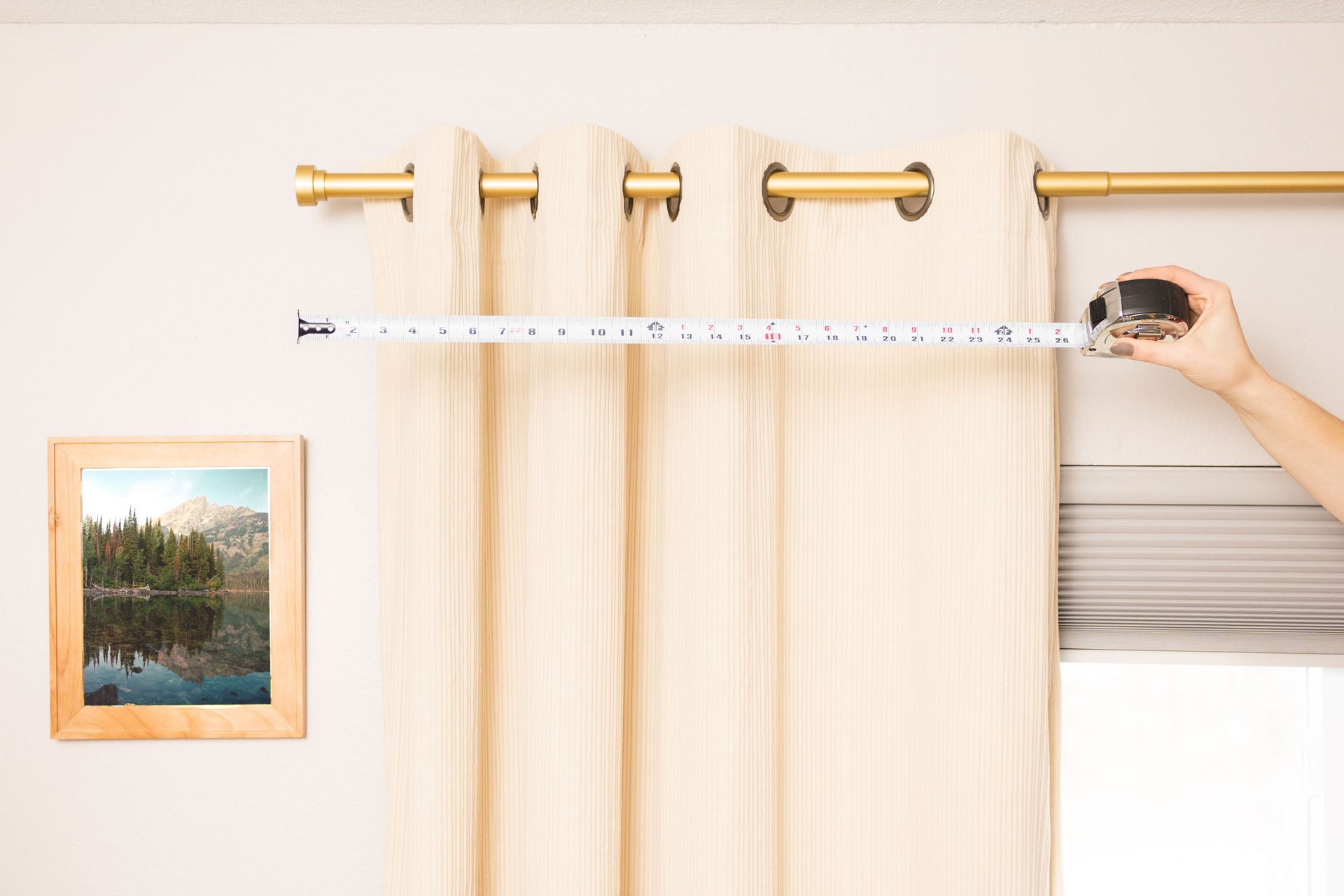
Follow these steps to accurately measure your windows before purchasing curtains.
Step 1: Measure the Width
- Measure the curtain rod from end to end (not the glass)
- Don’t include decorative finials or end caps
Step 2: Choose Fullness Ratio
- Multiply the rod width by 1.5, 2, or 2.5 depending on how full you want the curtains to look
Step 3: Know Your Panel Width
- Most curtain panels are 50 to 55 inches wide
- Divide the total fabric width needed by the panel width
Formula:
(Window Width × Fullness Ratio) ÷ Panel Width = Number of Panels Needed
Curtain Panel Calculator – Quick Reference Guide
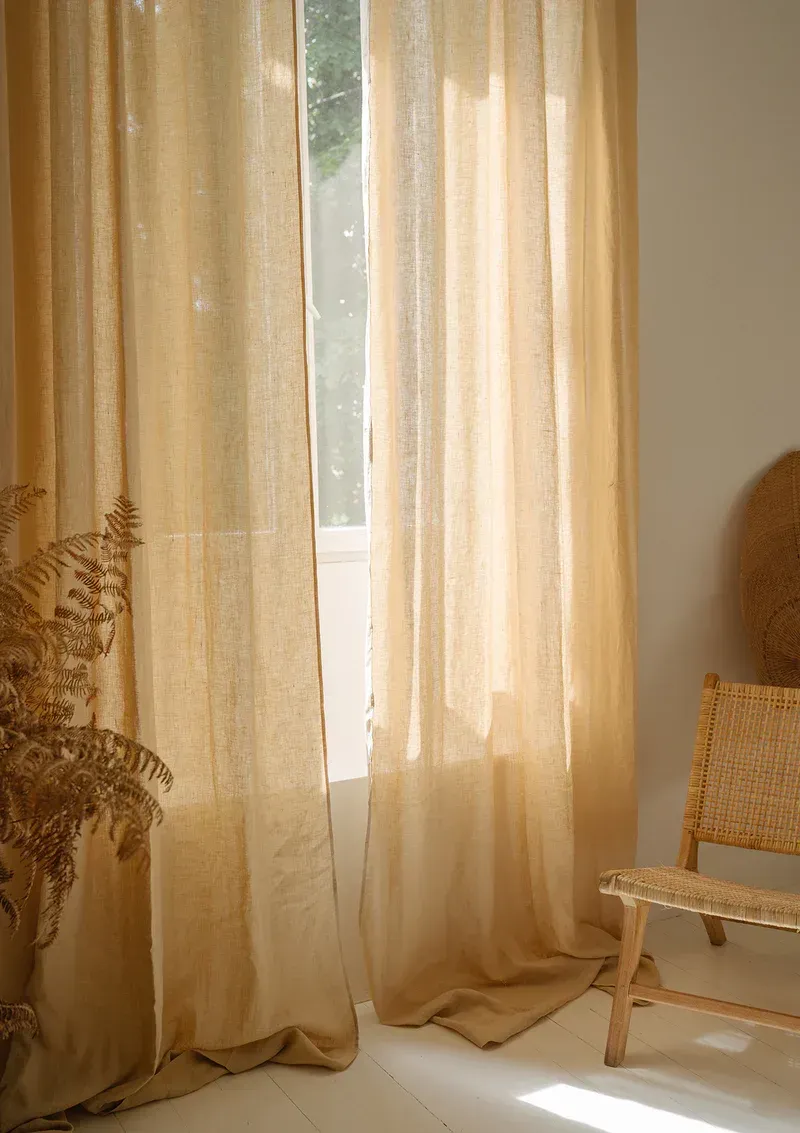
Example Calculation:
- Window width: 72 inches
- Desired fullness: 2x
- Panel width: 54 inches
72 × 2 = 144 inches of total fabric needed
144 ÷ 54 = 2.66 → Round up to
3 panels
Common Window Sizes and Panel Needs
| Window Width | Fullness | Fabric Needed | Panels (50") |
|---|---|---|---|
| 36 inches | 1.5x | 54 inches | 2 panels |
| 72 inches | 2x | 144 inches | 3 panels |
| 96 inches | 2x | 192 inches | 4 panels |
| 120 inches | 2.5x | 300 inches | 6 panels |
Fabric Types and Their Impact on Panel Quantity

Sheers
- Thin and transparent
- Require more panels to look full and provide coverage
Blackout or Thermal Drapes
- Thick, structured material
- Appear fuller with fewer panels
Linen and Cotton
- Medium weight
- Typically work well with 2x fullness
Tip: Some natural fabrics may shrink. Always follow care instructions and consider ordering slightly longer panels if shrinkage is a concern.
Popular Curtain Styles and Their Impact on Panel Counts

Grommet Panels
- Lie flat when hung
- Require more fabric for fullness
Pinch Pleat Panels
- Already pleated
- Need fewer panels for a gathered look
Rod Pocket and Back Tab Panels
- Casual style, hides the curtain rod
- Fullness depends on fabric type and how tight the rod fits
Double vs. Single Panels
- Check product descriptions—some curtains are sold as single panels, others as sets
- Always double-check the width and quantity before purchasing
How Many Curtain Panels Per Window Type?
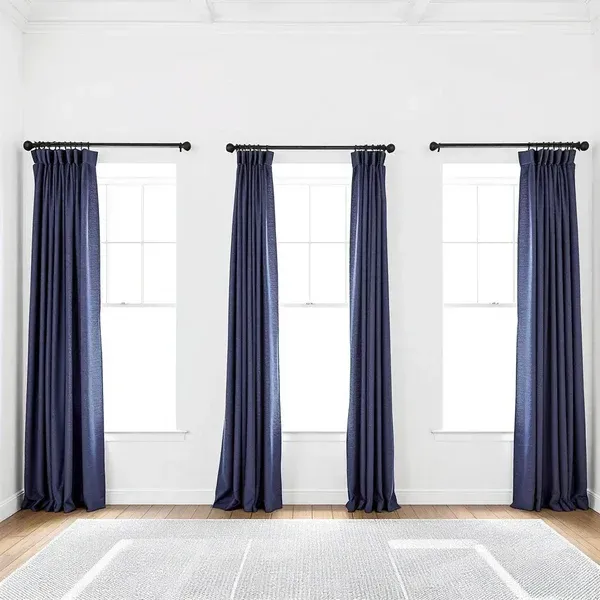
Bay Windows
- Use one panel per section of the bay
- Alternatively, use a flexible bay window rod with 4+ panels
For casual or kitchen bay windows, consider shorter panels—Café Curtain Lengths are ideal for letting in light while maintaining privacy.
Sliding Glass or Patio Doors
- Minimum of 4 panels recommended
- Consider layering sheers and blackout panels for flexibility
Floor-to-Ceiling or Corner Windows
- Opt for tall panels to draw the eye upward
- Use multiple panels to allow full movement and dramatic impact
Balanced Window Dressing for Stylish Interiors
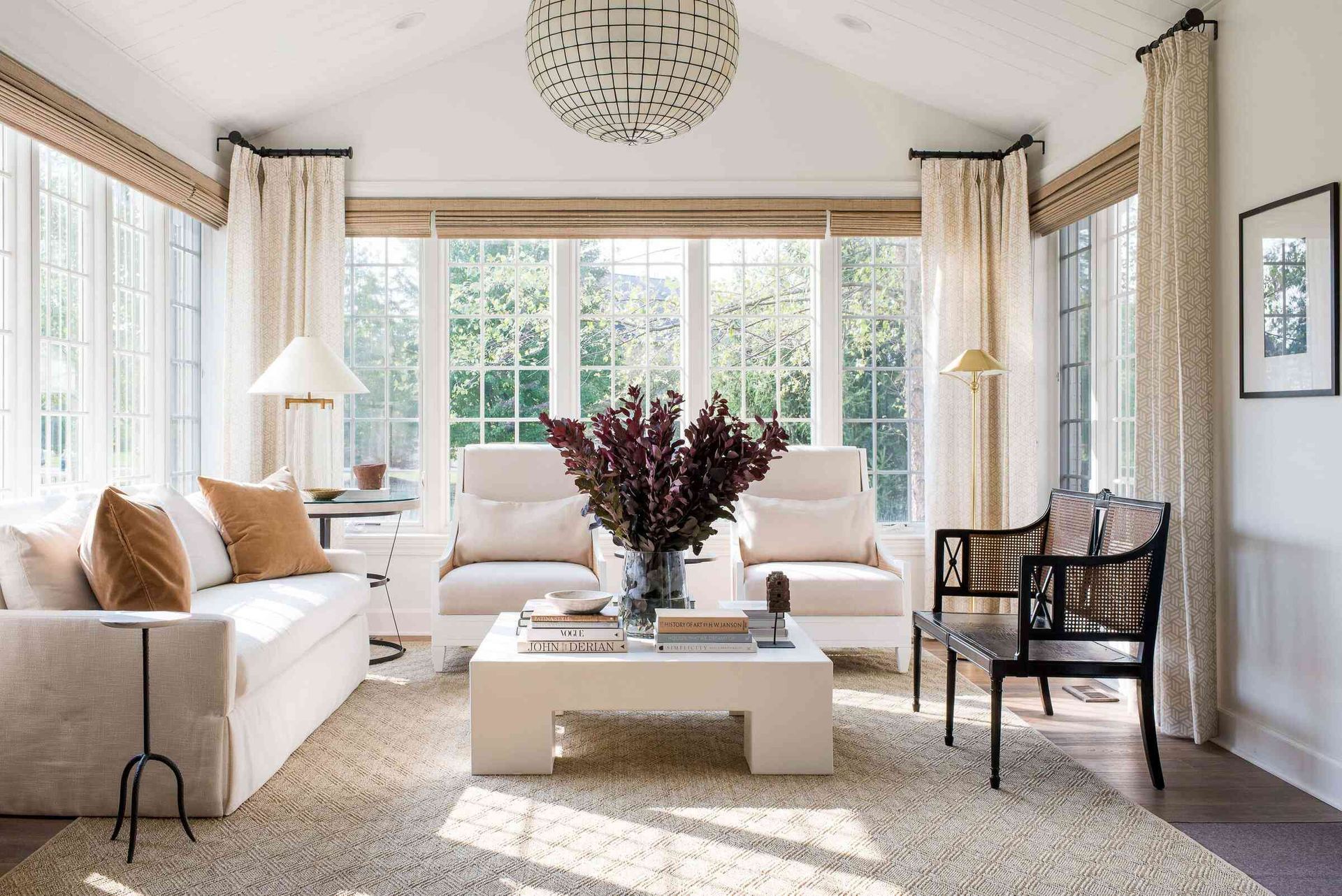
Create Symmetry
- Even number of panels looks balanced—especially with centered windows
- Odd number can work for off-center windows or asymmetrical designs
Layer for Style and Function
- Pair sheers with blackout panels for both softness and privacy
- Tiebacks and holdbacks can help with daylight control and styling
Consider Color and Texture
- Match curtain color to furniture or trim for a seamless look
- Use contrasting color for bold accents
Maximize Perceived Space
- Mount rods higher above the window to make ceilings appear taller
- Extend rods beyond the window frame to make windows appear wider
Avoid These Common Curtain Panel Mistakes
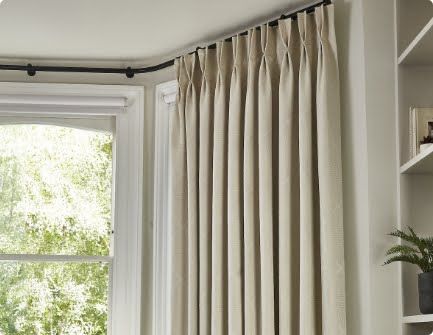
- Ordering too few panels (never go below 1.5x fullness unless decorative only)
- Misjudging panel length—measure rod to floor or sill
- Forgetting to account for stack-back when curtains are open
- Mixing incompatible fabrics or patterns without intention
- Not checking if panels are sold in singles or pairs
FAQs About Curtain Panel Quantities
How many curtain panels do I need for a 72-inch window?
With 2x fullness, you'll need about 3 panels of 50–55 inches each.
Can I use just one curtain panel?
One panel may work for very narrow windows or doorways, but most standard windows look best with two or more panels.
What if my curtains don’t fully close?
You probably need more panels or wider ones. Recalculate using the fullness formula.
Can I mix fabric types or patterns?
Yes—but make sure the styles and weights complement each other for a cohesive look.
Need to setup a Repair Appointment?


